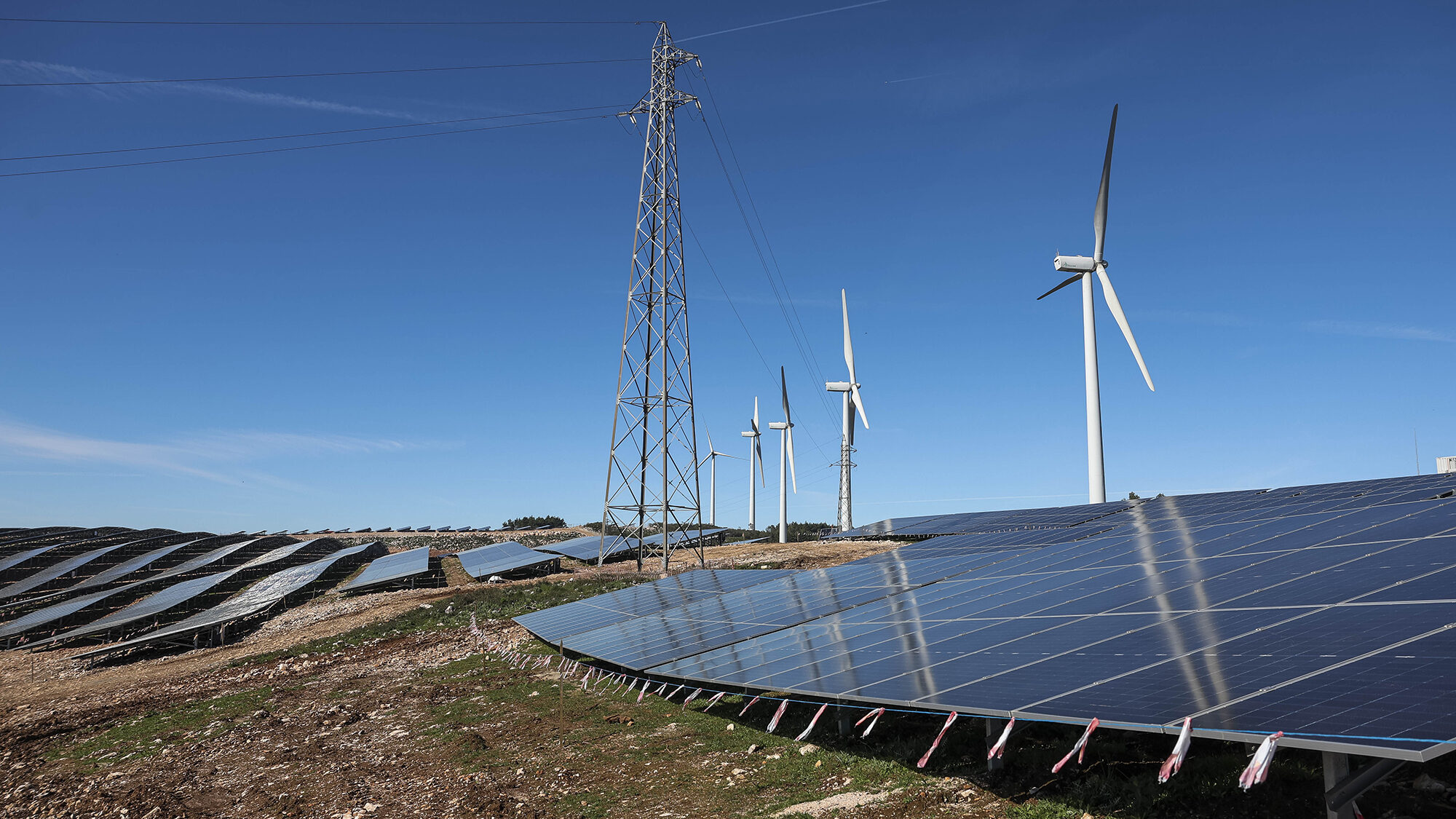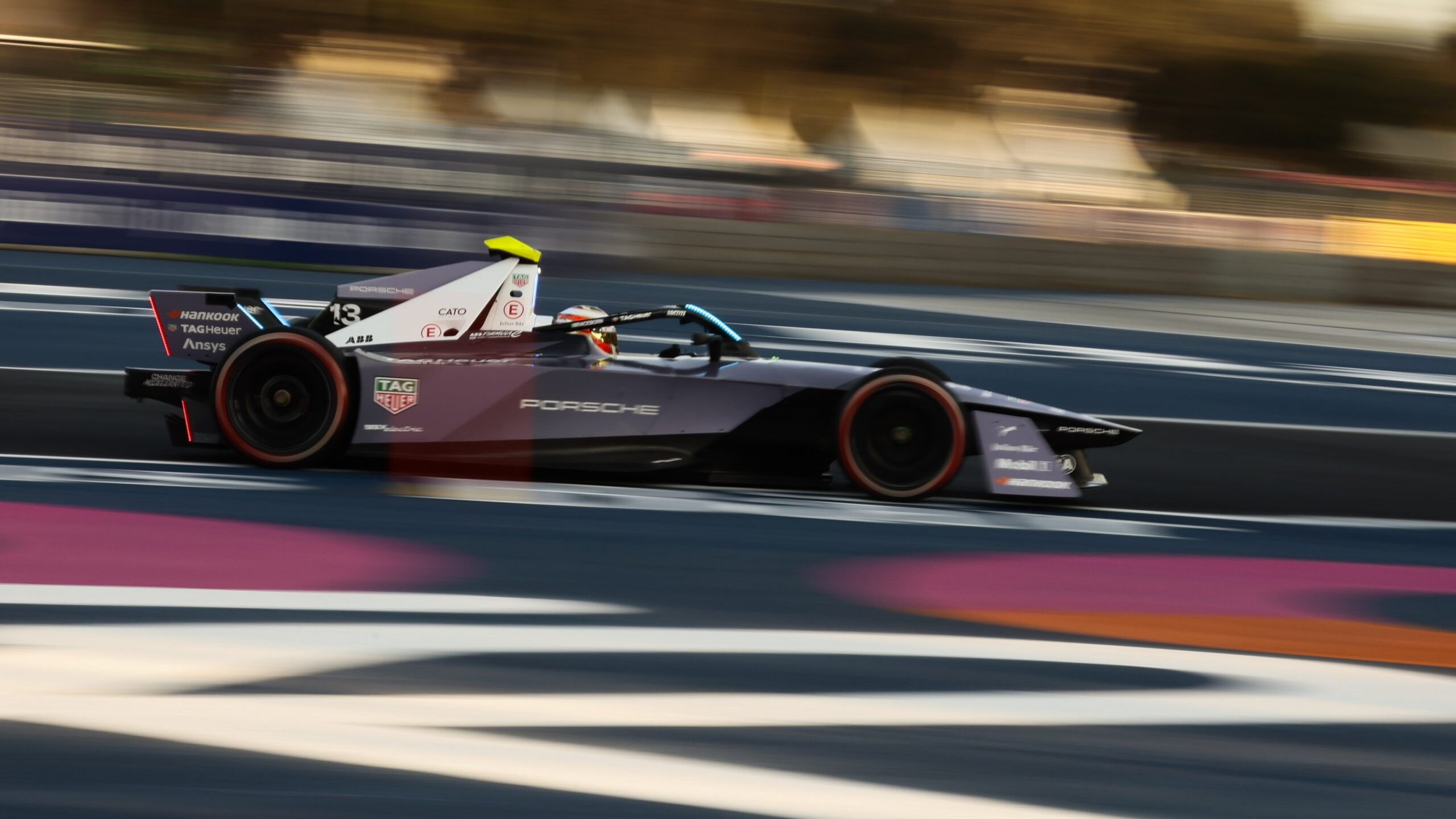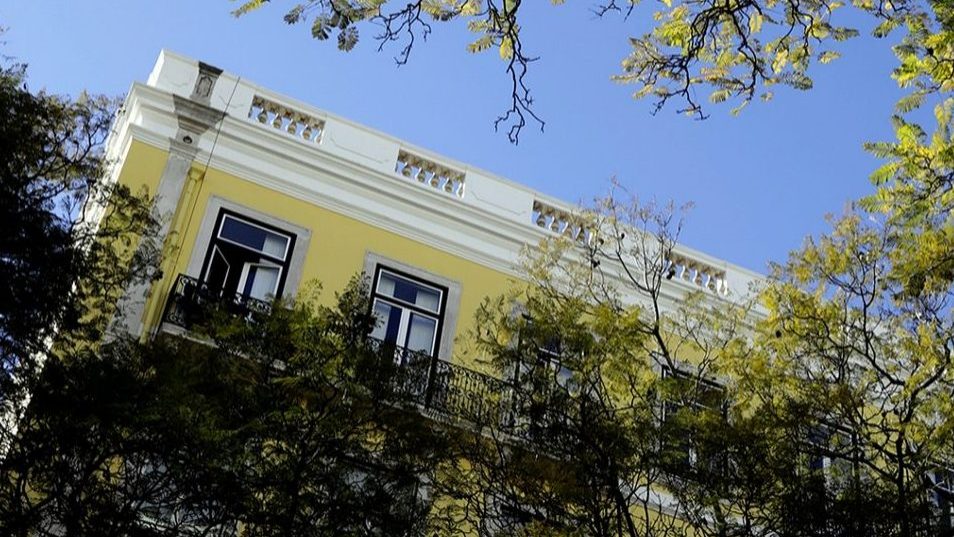New destinations and less seasonality. Tourists seek more than just sun and beaches in Portugal
The focus on nature tourism, religious tourism and wine tourism has helped to reduce seasonality and spread tourists throughout the country.
Accounting for 12% of Gross Domestic Product (GDP) and more than 400,000 jobs, tourism continues to grow in Portugal. The recent evolution of the sector is due to a reduction in seasonality and a greater distribution across the national territory, according to the latest data from the Bank of Portugal’s ‘Economic Bulletin’.
“The combined offer of culture, gastronomy, good hotels and cultural routes has allowed for this deseasonalisation, i.e. a better distribution in time and space”, Cristina Siza Vieira, executive vice-president of the Portuguese Hotel Association (AHP), explained to ECO, highlighting that the country “has an interesting tourist product offer throughout the national territory throughout the year”.
“The breakdown of seasonality and decentralisation is a reality because areas that were more seasonal, such as the Algarve, have invested in off-season products and decentralisation in regions that were less visited a few years ago, such as the Centre or Alentejo regions, have developed a wide range of activities from gastronomy to nature tourism and have managed to attract more people by decentralising them from the Algarve and Madeira destinations”, explains Francisco Calheiros, president of the Portuguese Tourism Confederation (CTP), to ECO.
Siza Vieira believes that the regions that have gained the most from this decentralisation “were those that started with lower tourist demand”, such as the North, Centre and Alentejo.
Several factors are contributing to the reduction in seasonality, such as “the change in the age profile of tourists, the greater ease of combining remote work with travel, the possibility of benefiting from more competitive prices in the low season, and greater demand for destinations that combine urban attractions with the traditional appeal of sun and sea”, notes the BdP.
The president of Turismo de Portugal, Carlos Abade, tells ECO that “reducing the seasonality of tourism and diversifying source markets have been two of Turismo de Portugal’s strategic priorities”, noting that “data released by the Bank of Portugal confirm that the country is on the right track”.
“Our goal is to have tourism all year round and throughout the territory, diversifying products and markets, so that this activity continues to generate economic, social and environmental benefits”, emphasises Carlos Abade, who also points out that “it is very positive to see that we now have a more solid, less seasonal activity with a more balanced distribution across the territory”.
The weight of non-resident overnight stays in the months of June to September decreased from 48.4% in 2014 to 45.5% in 2019 and 44.1% in 2024. The Bank of Portugal notes that “Portugal has a less seasonal profile than other Mediterranean European countries: the weight of the months from June to September in 2024 was 46.7% in Spain, 54.9% in Italy, 55.5% in France and 74.9% in Greece”.
In terms of destination regions, the regulator details that the weight of the Algarve fell from 36.9% in 2014 to 32.4% in 2019 and 28.4% in 2024. Conversely, the weight of the North region increased (from 9.3% in 2014 to 13.2% and 15.7% in 2024) and, to a lesser extent, that of the Azores.
When he took office in 2023, the president of Algarve Tourism said in an interview with ECO that one of the goals of his term would be to dissociate the Algarve from being a sun and beach destination, a goal that he seems to have achieved, since the “region has grown more in the low season than in the high season”.
André Gomes noted that between January and April 2024, the Algarve region grew by an average of around 20% and between October and December it grew by around 18%, both in comparison with the same period last year. “This growth is also being reflected this year”, said the head of the organisation.
“The Algarve, which was and still is a major sun and sea destination, has made other types of investments, namely in conferences and golf”, the CTP president told ECO.
In addition to the Algarve, which is attracting major international events, such as the possible return of Formula 1, Francisco Calheiros also mentions religious tourism and notes that since the direct flight from Seoul (South Korea) to Lisbon, “tourism in Fátima has grown”.
“Korea is a country with many millions of Catholics and most Koreans do not go to Lisbon or the Algarve, they go directly to Fátima and stay in the central region — which has many attractions besides Fátima, namely Óbidos, Nazaré, Peniche”, says the leader of the Portuguese Tourism Confederation.
Still in the central region, Francisco Calheiros lists the €25 million investment in Óbidos in Portugal’s first wave pool for surfing. “This facility will attract surfers all year round”, says Calheiros.
Portugal close to entering the top 10 in the tourism ranking
“The Portuguese tourism sector is competitive on a global scale”, reads the latest economic bulletin from the Bank of Portugal. In the World Economic Forum’s tourism development index, Portugal ranked 12th out of 119 countries in 2024 (an improvement on its 15th place in 2019).
Portugal’s global index is similar to the average for Mediterranean countries in the European Union (Spain, France, Italy and Greece), with a particularly favourable position in the safety and security sub-index.
The analysis in the BdP’s October ‘Economic Bulletin’ shows that Portugal is not far from the goal set by the Government: to place Portugal in 10th place in the World Economic Forum’s tourism ranking.
“Today, we are in 12th place and our goal is to grow, improve, and create increasingly sustainable and profitable tourism. We need to generate wealth, put more money in people’s pockets, and tourism has a fundamental role to play”, said the Minister of Economy and Territorial Cohesion, Manuel Castro Almeida, last month.
“2024 was the best year ever for tourism in Portugal, and the first half of 2025 is surpassing all the indicators for 2024. 2025 will probably be the best year ever”, added Castro Almeida.
Portugal attracts more and more American tourists
Another notable factor is the change in the origin of tourists visiting Portugal, with a decrease in the importance of traditional European source countries. The United Kingdom has lost ground, from 23% in 2014 to 19.1% in 2019 and 18.1% in 2024, but remains the main source market. Over the last five years, there has also been a reduction in the importance of France, Spain and Germany.
In contrast, there has been a significant increase in the importance of tourists from the US (from 2.6% in 2014 to 5.5% in 2019 and 9.2% in 2024), which has become the fourth most important source country.
Compared to the total number of foreign tourists, American tourists are more concentrated in the Lisbon region, stay longer in higher-end accommodation, but their average stay is shorter.
The BdP report shows that the average stay of tourists remained unchanged last year compared to 2019, at 3.1 days, which is lower than most other Mediterranean countries in the European Union (2.6 days in France; 3.4 days in Italy; 4.1 days in Spain; and 4.7 days in Greece).
In 2024, around 50% of overnight stays by tourists from the US were in the Lisbon metropolitan area, while for total overnight stays this percentage was around 30%. In the case of the Algarve, the weight was 11% for tourists from the US and 28% for total foreigners.
Five-star hotels accounted for 29% of overnight stays by tourists from the US, compared to 14% of total overnight stays by foreigners. Tourists from the US had an average stay of 2.3 days.
“The US market is very strong in the hotel industry”, notes Cristina Siza Vieira, executive vice-president of the Portuguese Hotel Association, emphasising that the US is the third largest market in terms of guests and overnight stays for the sector.
Francisco Calheiros believes that direct flights from the US to Portugal (Lisbon, Porto and the Algarve) have helped to attract more American tourists to the country. “A tourist destination to be developed must have direct flights”, stresses the CTP leader.
Siza Vieira explains that “Lisbon is the gateway” for American tourists, but she is confident that “after the capital, they will set out to conquer the whole country”. This opinion is shared by Francisco Calheiros, who believes that “Americans start in Lisbon, but then spread out to the rest of the country”.
Tourism exports slow down
Data from the BdP’s October ‘Economic Bulletin’ show that “in the first half of 2025, Portuguese tourism exports continued to slow down, with year-on-year growth of 5.6% in nominal terms, compared to 8.8% in 2024”.
The BdP states that “the slowdown will have resulted from the evolution in volume, with a 1% growth in overnight stays by non-residents, after 4.8% in 2024. Overnight stays by European tourists fell slightly, while North American and Asian tourists maintained above-average growth. The year-on-year change in prices in the sector remained high at 4.7%. This trend in overnight stays by non-residents and prices was common to most Mediterranean European countries”.
The spokesperson for the Portuguese Hotel Association states that the sector was already expecting this “slowdown” and explains that Portugal “could not have the same growth it recorded in 2023 and 2024, the years following the Covid-19 pandemic, with an explosive boom in terms of revenue, occupancy rates and overnight stays”.
Although tourism in Portugal continues to grow, the President of the Republic argues that tourism cannot be seen as “the main driver” of the economy, considering that this is “a confrontation with industry, services and trade”. At the World Tourism Day conference, Marcelo Rebelo de Sousa recalled the impact of tourism on the cost of housing.




